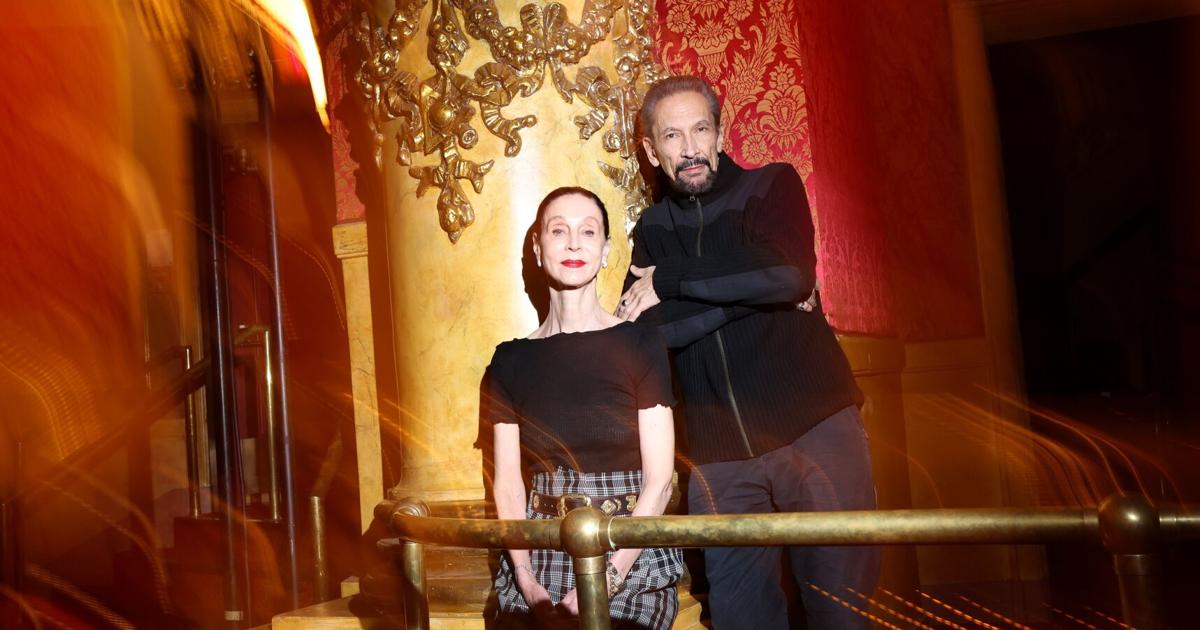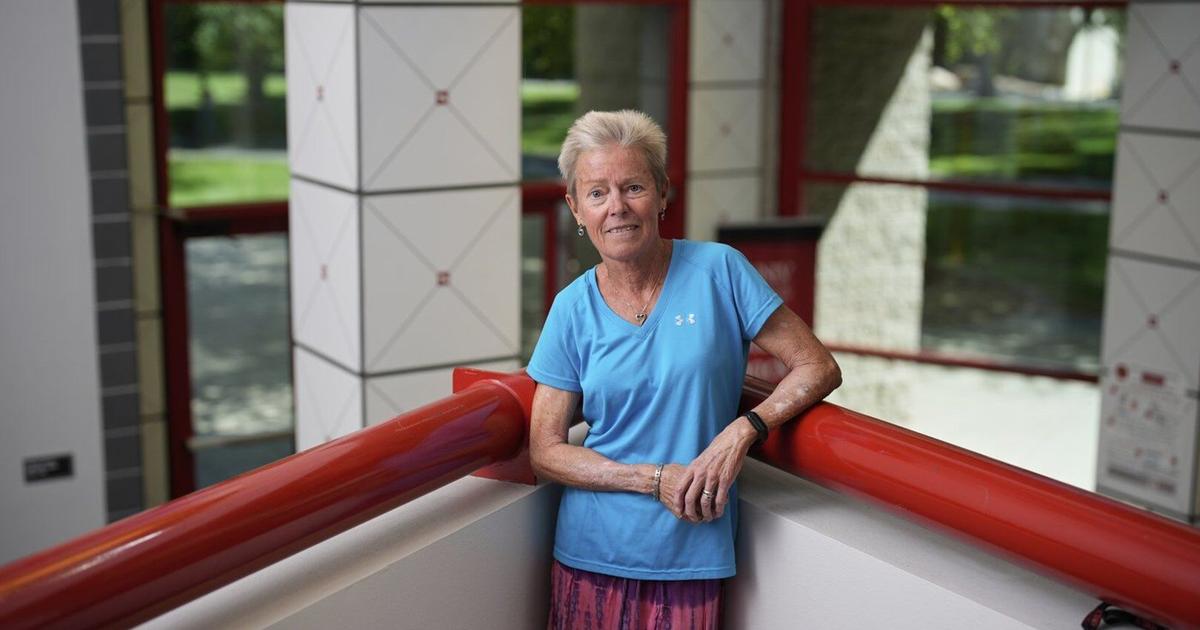When Opera Atelier artistic directors Marshall Pynkoski and Jeannette Lajeunesse Zingg mounted Mozart’s “The Magic Flute” in 1991, the naysayers and the financial burden could have sunk their company.
Now, Mozart’s last opera is back for Opera Atelier’s 40th anniversary, running at the Elgin Theatre from Oct. 15 to 19.
“We simply did it because we adore ‘The Magic Flute,’” Pynkoski said of the 1991 production. “It didn’t occur to us at the time that it was an incredibly daring thing to do.”
Founded in 1985, Opera Atelier had previously specialized in Baroque era music from roughly 1600 to 1750. Written in the last year of Mozart’s life in 1791, “The Magic Flute” — a fairytale-esque adventure of a prince, princess and evil queen — was too modern for some of the music community’s liking.
To Pynkoski, that 1991 production created something of a sensation.
“We had no idea that we were also going to ruffle so many feathers of many people in the music community who said, ‘Wait, you’re a period company, you should be doing ancient music,’” he said. “There were just some people who felt we were stepping on territory that we shouldn’t be exploring.”
“It was a very exciting and very fraught time,” Zingg added. “We were told all sorts of awful things.”
“What do you have to say about standard repertoire?” and “What do you have to say about Mozart?” are comments that Pynkoski remembers.
“We have something very exciting to say about Mozart,” he answered.
The married couple did everything they could to nurture the production’s success. Preparing for the show, they flew back and forth from Toronto and Ottawa where Opera Atelier’s “Acis & Galatea” was running at the National Arts Centre. The team, Pynkoski recalls, would come in for hours of unpaid additional rehearsals.
“Everyone was aware that it was a risk,” he said. “But there’s something exhilarating about a risk if you know that you’re not just being foolish.”
The stakes for “The Magic Flute” were higher than doubts from some vocal naysayers. On the financial front, the couple had no choice but to succeed. “The Magic Flute” was so expensive to put on. Pynkoski recalls that weekly Opera Atelier board meetings discussed whether it was possible to even move forward with the production at all, or if they would have to cancel.
“We had to give every penny that we owned into it,” Zingg said. “Our executive director at the time told us we would lose our shirts.”
The couple invested personal funds into the project, including $100,000 from an unexpected inheritance. Set designs were “cobbled together,” repainting discarded scrims from other companies. (“That gave it a wonderful sort of esthetic,” Pynkoski said.)
“It was a huge gamble,” he said, “but we really did feel it was the right thing to do.”
In the end, the gamble paid off.
Zingg recalls that although she was sick with nerves leading up to opening night, the run was sold out. William Litter’s 1991 review in the Star called the production “the most inventive staging of the opera seen in this city in the past quarter century.”
After the sold out run, Pynkoski remembers a handful of music community members — he wouldn’t name names — got in touch with the couple after the fact to express their disdain: “Some people got in touch and said, ‘This is a misuse of public funds.’”
Naysayers promised to “make (their) displeasure known at all levels of government funding.”
But the blowback didn’t matter to Opera Atelier, who remounted Andrew Porter’s English-translated version of the opera again in 2001, 2006 and 2013.
“It made no difference whatsoever because our arts councils support risk-taking and new endeavours,” Pynkoski said. “They really did side with us.”
The 1991 and following renditions solidified “The Magic Flute” as a well-known product of Opera Atelier’s repertoire: “Many people have told us and told other people they feel it’s the finest ‘Flute’ that they could possibly see,” Zingg said.
“It changed Opera Atelier’s path forever … This one is always going to be special.”
“The Magic Flute” centres on the conniving Queen of the Night who persuades Prince Tamino to rescue her daughter, Pamina, from the clutches of the supposedly-evil Sarastro. Together, Tamino and Papina embark on turbulent trials, accompanied by the colourful half-bird half-man Papageno.
It’s one of Mozart’s most well-known operas. To Pynkoski and Zingg, it’s simply a wonderful piece of music — especially because their period production incorporates an orchestra that plays on old and modern instruments replicated to be what they were like in the 18th century when the music was written.
“It’s not just that it’s historically more accurate to what Mozart had imagined when he wrote the notes … but it’s a very light and happy sound,” said music director David Fallis, who has conducted Opera Atelier’s “The Magic Flute” from 2001 onwards and will conduct the 2025 run.
For Rainelle Krause, who is making her debut with Opera Atelier as the Queen of the Night — a role she has played more than 145 times with other companies — the ability to work with period instruments is “unlike anything else (she’s) done.”
“I get access to all of these different colours,” she said. “It feels really gratifying to work with.”
The 2025 production will also see a number of artists making their role debuts, including soprano Meghan Lindsay as Pamina, baritone Douglas Williams as Papageno, and tenor Blaise Rantoanina as Monastatos, with tenor Colin Ainsworth returning to Opera Atelier as Tamino.
But for Pynkoski, who says every rendition shifts in relation to the performing artists, the goal is to always tell a coherent story: “This is opera for people who think they don’t like opera.
“It’s not boring, I can assure you that.”
“We have people that saw the one in ‘91 that are bringing their children and grandchildren now,” Zingg added. “It’s just a beautiful thing to see.”



